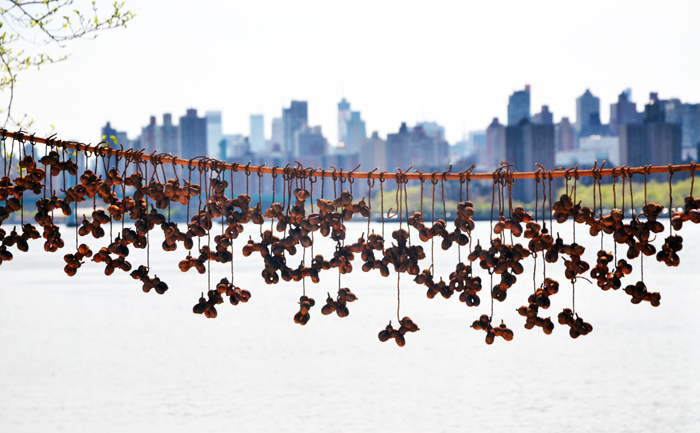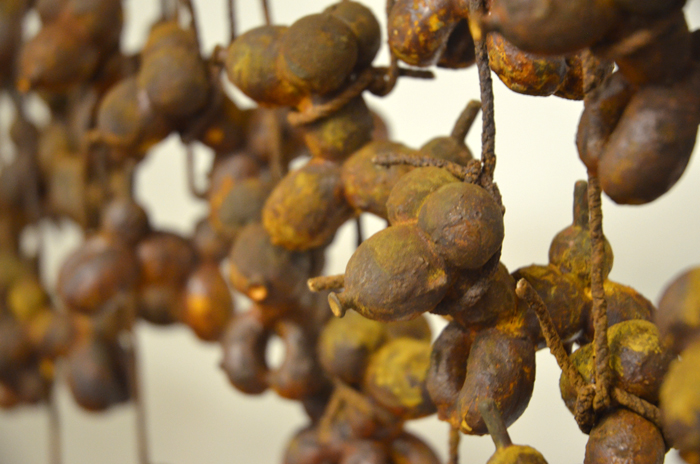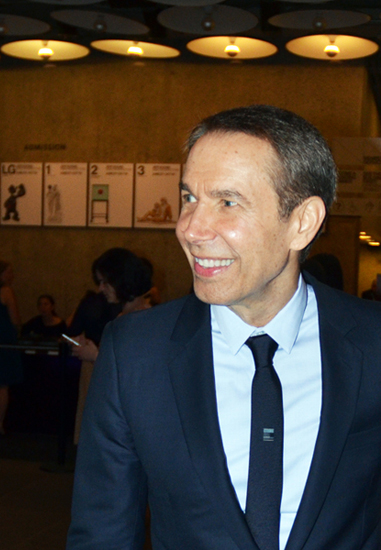Marcel Duchamp was already troubled, not to say disgusted, by the commercialization of art in the 1920s. By the mid-forties, Adorno and Horkheimer had presciently analyzed the degradation of culture into an industry, noting: "what is different is not that art has not always been a commodity, but that nowadays it freely admits that it is one." Throughout the post-war era and into the last days of the avant-garde, figures as diverse as Ad Reinhardt, Ray Johnson, Bruce Conner, Ed Kienholz, Boris Lurie, and Mark Rothko, and entire movements such as happenings, ephemeral, conceptual, and performance art fought a rearguard action against the overpowering of art by commercial interests, and with the defeat of their cause, the art world came to appear as if things had never been otherwise. By the early sixties, Guy Debord and the Situationists had abandoned any hope that art might still function in its putative historical role as a realm of freedom in an unfree world: when it was not a simple commodity, it had become little more than an opportunity for the dominant culture to vaunt its (spurious) liberality by admitting within it that which criticized its values. Nowadays, we accept that art is a commodity without giving the matter a second thought, as if that were the most obvious thing in the world. That it was ever anything else, even in part, is a supposition shrouded in historical mist. That things might be different even now seems preposterous, and that life might be better if they could be, arrant communism.
Debord proposed an antidote to the emptying of life that he saw as the primary effect of what he christened the "spectacle" in the self-aware construction of "situations," limited scenarios in which a group of people co-create interactions that incite active participation rather than the typical passivity of the life of consumers. The constructed situation might be viewed as an exercise in recovering the seriousness of children at play or of meaning in human interaction that is unconditioned by extraneous motives.
The question of value in art and the value of art becomes more and more vexed, and vexing, as the market for art becomes orthogonal to its spiritual, or human, basis. But as alienated as art, and we ourselves, might have become, the possibility of self-knowledge and of real communication is never far away. Of course, social pre- and proscriptions, weak forces though they actually are, are generally sufficient to dissuade us from the effort, and effort is the difference between an examined and a merely spectated life.
In asking what is the value of art, what is the place of values in art, I am asking that we make the effort to look beyond what we have been given by the market, the museum, the critical and even art-historical hierarchy, to what is within us, to why we care at all that something like art even exists, and what we expect, hope, or, ideally, demand, from it. If there were no market or museums or accepted history, what relationship would we have to it? In fomenting conversation, constructing a situation in which we talk about art as ourselves and not as consumers, whether commercial, social, or merely visual, I want to make you examine, share, and defend what it is that you care about in art. Or maybe just to ask yourself the question for the first time.


Heide Hatry's Rusty Dog is a constructed situation and interactive performance:
For Frieze Art Fair as well as for the opening and other public events during Jeff Koons's Retrospective at the Whitney Museum in 2014 instructors encouraged visitors to engage with each other by discussing the nature of art (How art can or cannot be defined, the role of art in society, the state of the art market at present, and especially their own feeling about what is valuable in art).
These critical conversations were not recorded. Each participant was offered a postcard and a miniature rusty balloon dog souvenir, a unique artwork, to remind them of their experience as an impromptu art theorist and what art really means to them.



 
.5340.jpg)
.5340.jpg)
.jpg)
|
